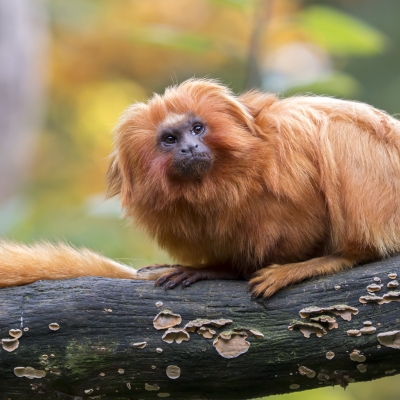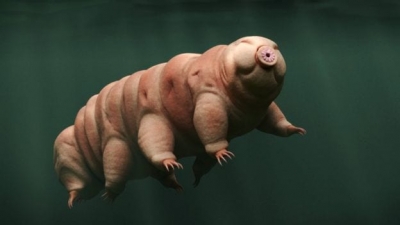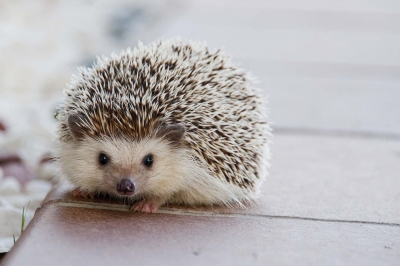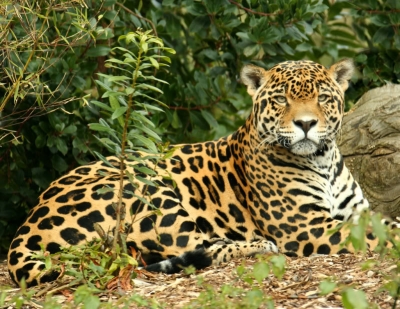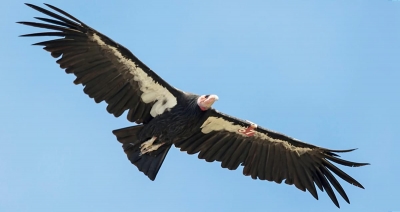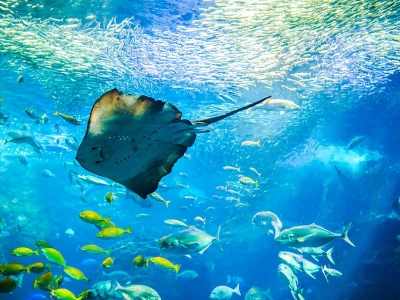What are the fun facts of grey crowned crane?
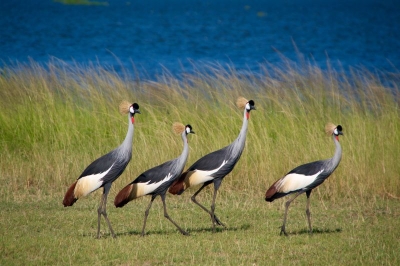
Grey crowned crane is one of the 15 crane species found in eastern and southern Africa. It has a grey body, white wings with brown and golden feathers, white cheeks, and bright red gular sacs underneath its chin. A spray of stiff golden feathers forms a crown around its heads.
Its diet includes eating plants, seeds, grain, insects, frogs, worms and snakes. It is known for its courtship display which involves dancing, bowing, and jumping. It does not have set migration pattern. Birds nearer the tropics are typically sedentary.
It occurs in dry savannah in Africa south of the Sahara, although it nests in somewhat wetter habitats. They can also be found in marshes, cultivated lands and grassy flatlands near rivers and lakes in Uganda and Kenya and as far south as South Africa. This animal does not have set migration patterns, and birds nearer the tropics are typically sedentary. Birds in more arid areas, particularly Namibia, make localised seasonal movements during drier periods.
The grey crowned crane has a breeding display involving dancing, bowing, and jumping. It has a booming call which involves inflation of the red gular sac. It also makes a honking sound quite different from the trumpeting of other crane species. Both sexes dance, and immature birds join the adults. Dancing is an integral part of courtship, but also may be done at any time of the year.
Flocks of 30-150 birds are not uncommon.
Picture Credit : Google
